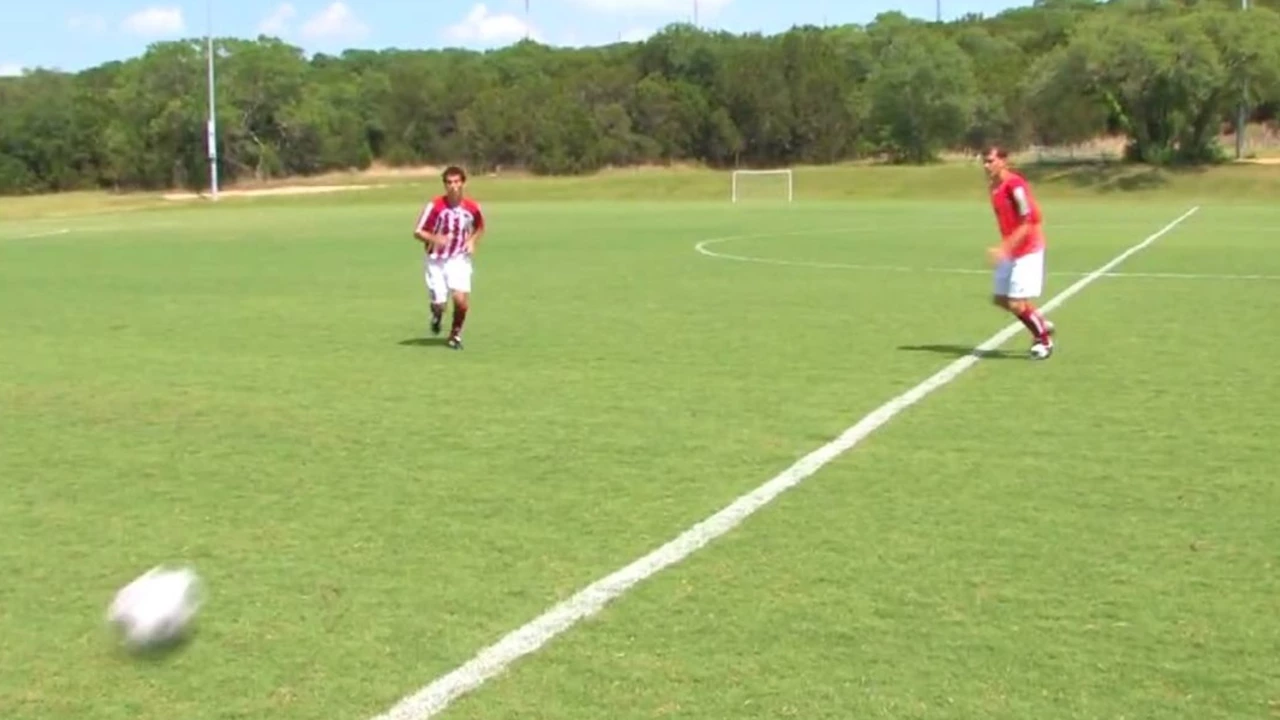Soccer Positions Explained – Know Every Role on the Pitch
If you watch non‑league matches, you’ll hear fans shouting about defenders, midfielders, and strikers. Knowing what each player does makes the game way more enjoyable. It also helps you spot talent when you scout or just chat with friends. Below we break down every position in plain English, so you can follow the action without needing a coaching badge. Whether you’re a new fan or a seasoned supporter, these basics will sharpen your understanding of how a team works together.
Defensive Roles: Guarding the Goal
The goalkeeper is the last line of defense. Their job is simple: stop the ball from crossing the line, organize the back line, and start attacks with quick throws or kicks. Next come the centre‑backs. They stay central, clear crosses, win aerial duels, and often mark the opposition’s main striker. Full‑backs play on the sides; they defend against wingers, block crosses, and support forward play by overlapping with midfielders. Some teams use a sweeper behind the centre‑backs to clean up any balls that get past the line. In non‑league football, defenders often need to be versatile – they might switch from a centre‑back to a full‑back role within the same match.
Midfield and Attacking Roles: Linking and Scoring
Midfielders are the engine room. A defensive midfielder drops deep to protect the back four, intercept passes, and recycle possession. Central midfielders push the ball forward, pick out passes, and help both defense and attack. Wingers hug the touchline, beat full‑backs, and deliver crosses or cut inside to shoot. Some coaches favour inside forwards who start on the wing but drift into central scoring positions. Finally, the striker leads the line, holds up the ball, and finishes chances. In many non‑league sides, a single player may cover several of these roles, especially if the squad is small.
Understanding these positions gives you a better feel for tactics, like why a coach might switch from a 4‑4‑2 to a 3‑5‑2 during a game. It also helps you appreciate player strengths – a speedy winger can stretch defenses, while a strong centre‑back can dominate aerial battles. Next time you watch a match, look for these patterns and you’ll see the game in a whole new light.
Posted by
Caspian O'Reilly
0 Comments

Playing midfield in soccer requires a blend of offensive and defensive skills. I need to master ball control, passing accuracy, and strategic positioning to both support my team's attacks and disrupt opposing players. Stamina is key as I'm often running the greatest distance during a match, occupying spaces between the offense and defense. Communication with my teammates is also crucial for coordinating plays. Lastly, I must consistently analyse the game flow to make split-second decisions that could change the game's outcome.
read more